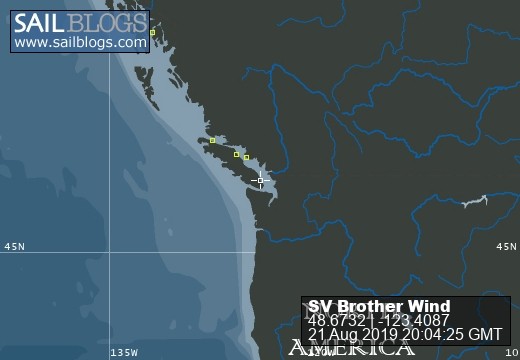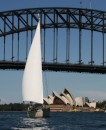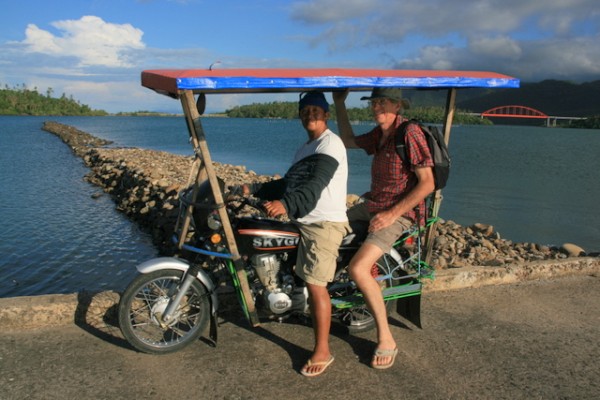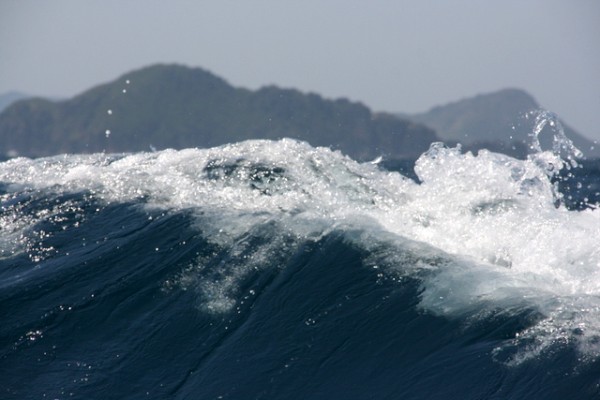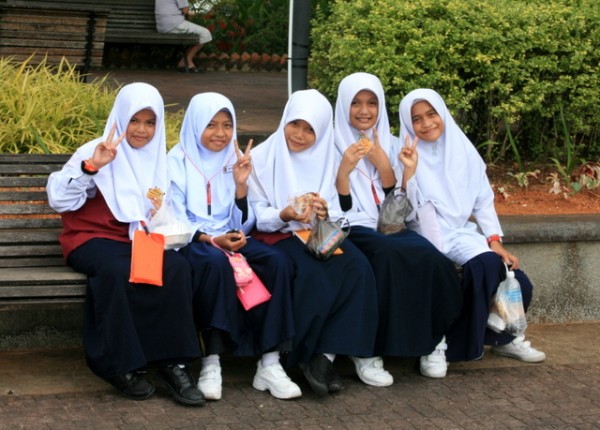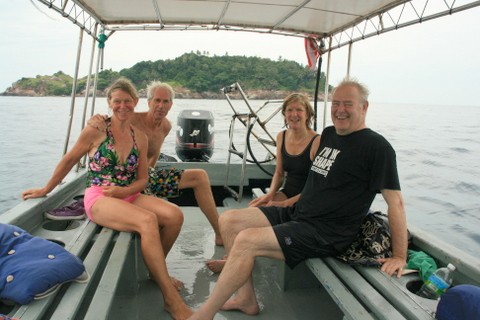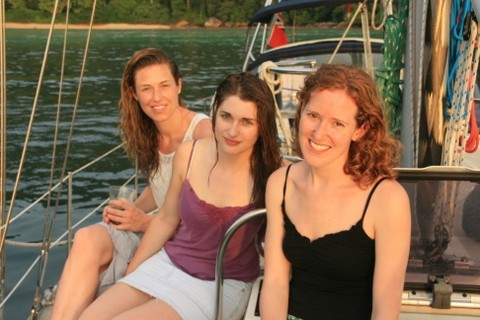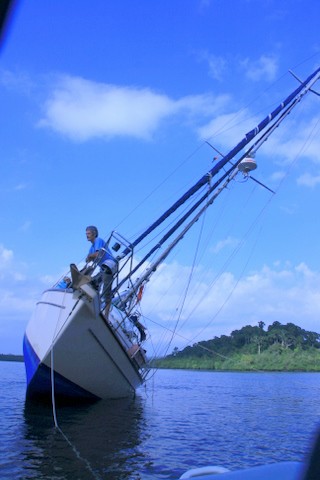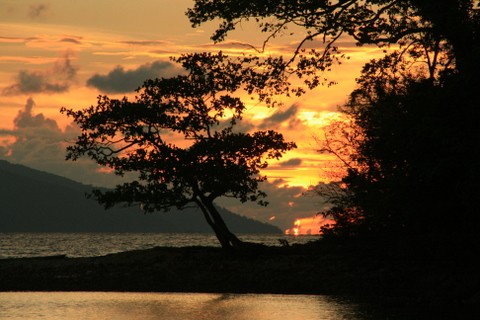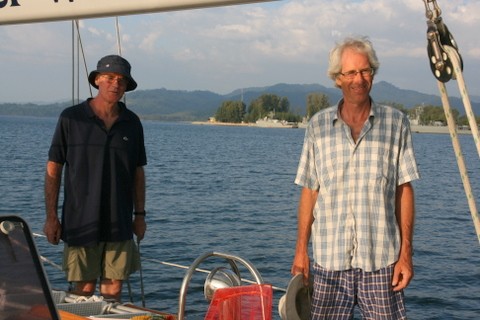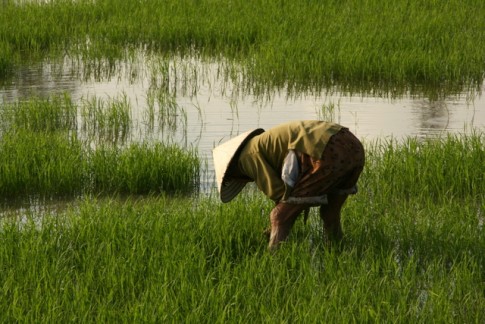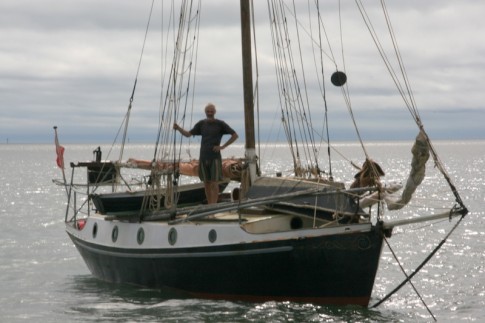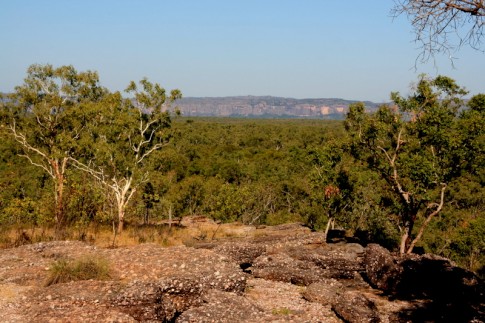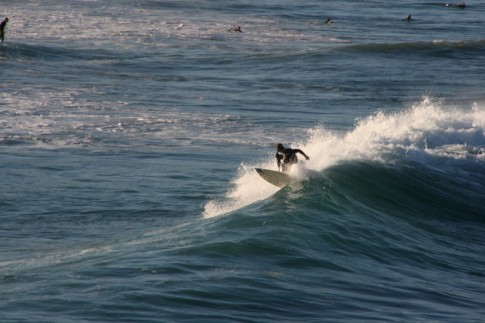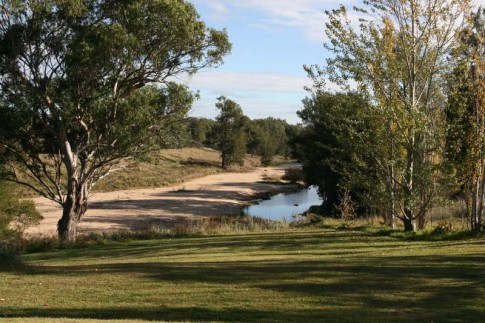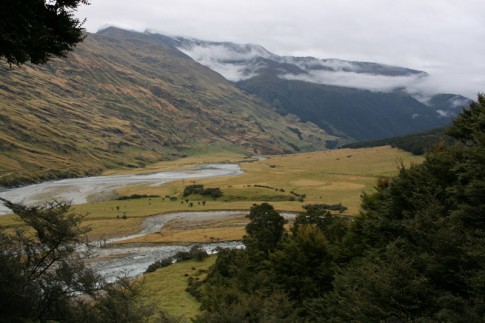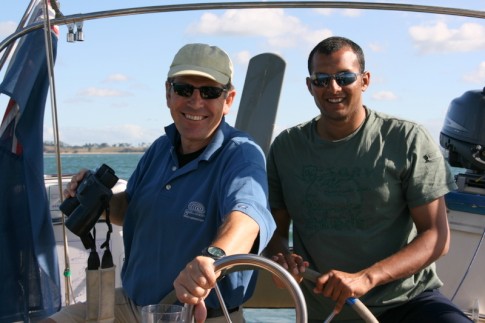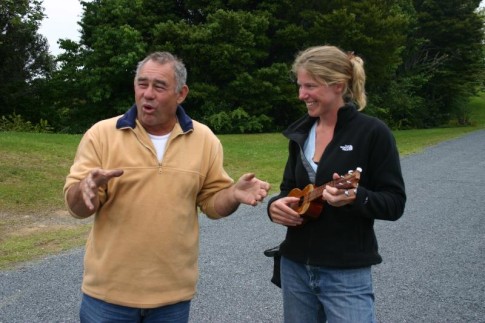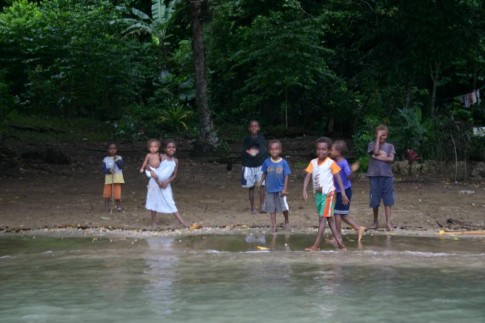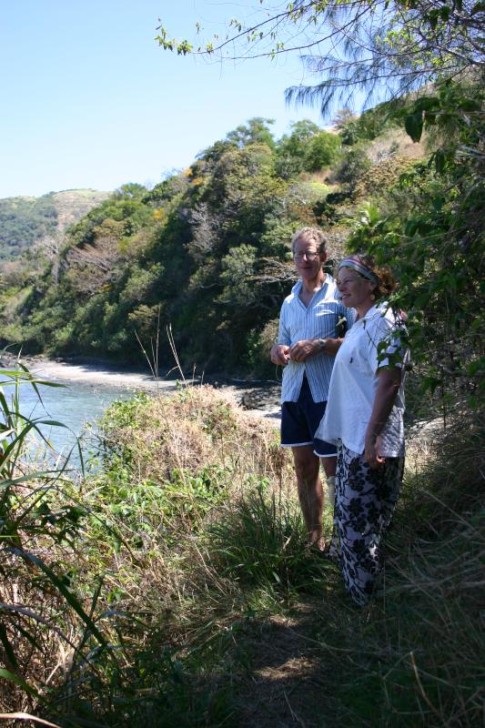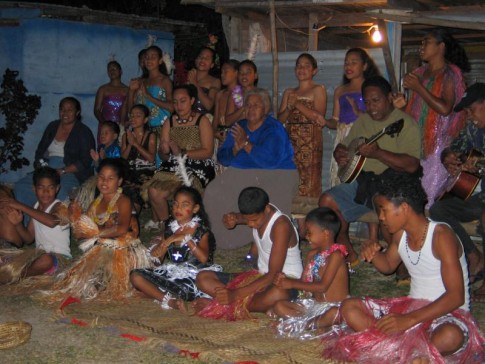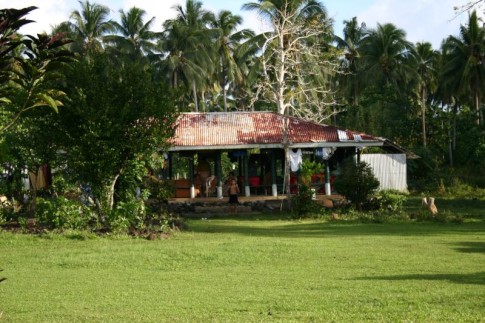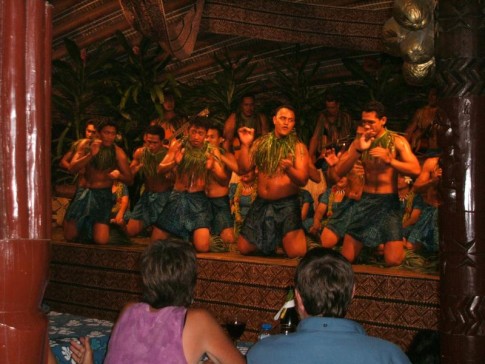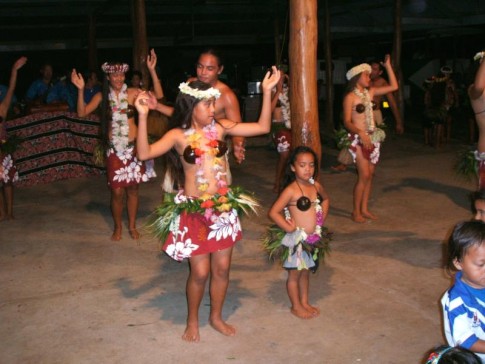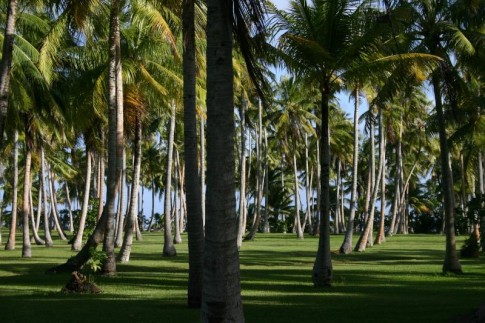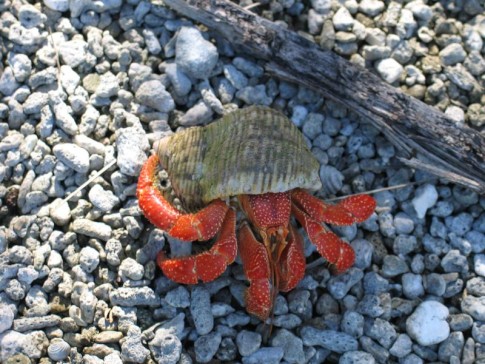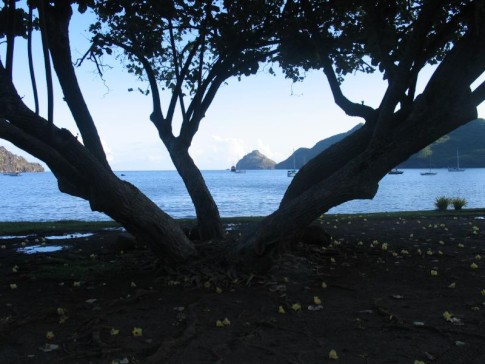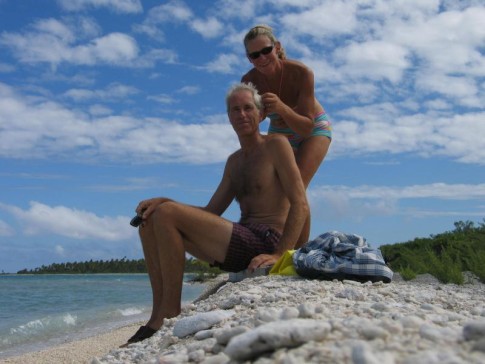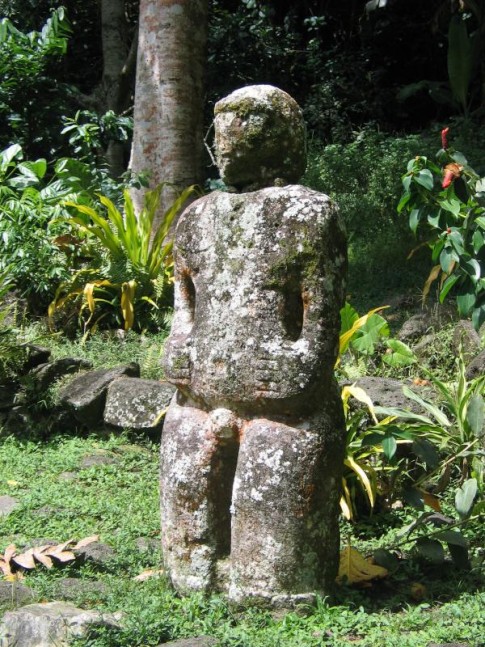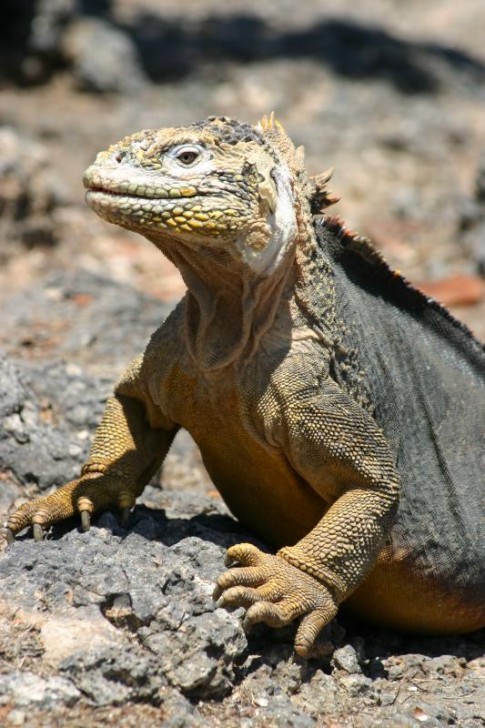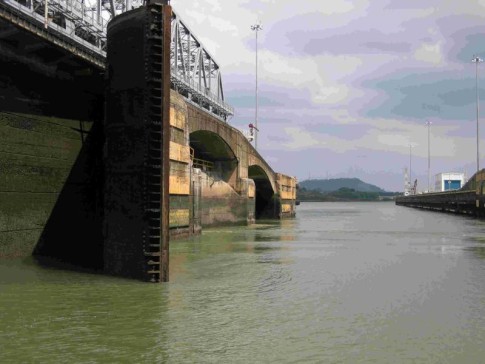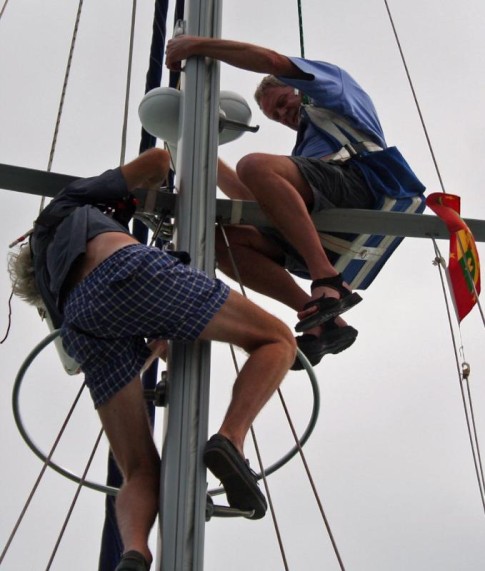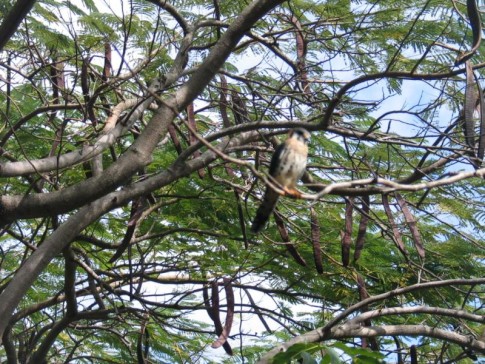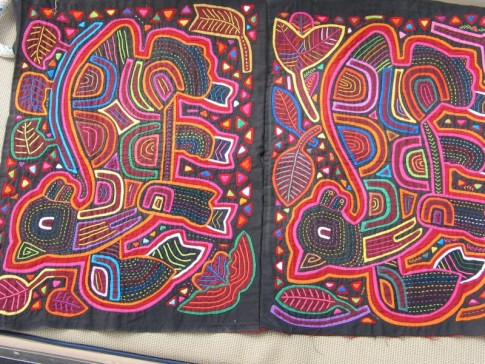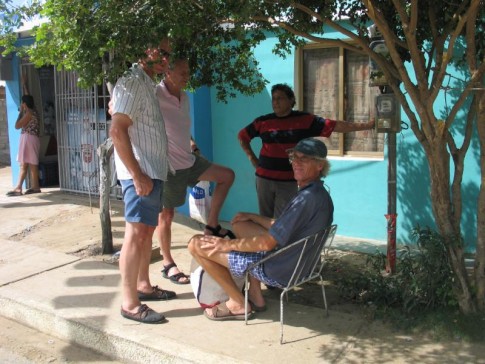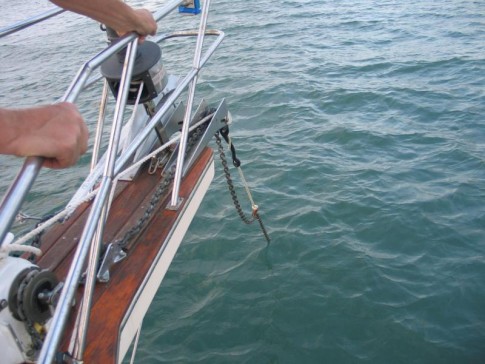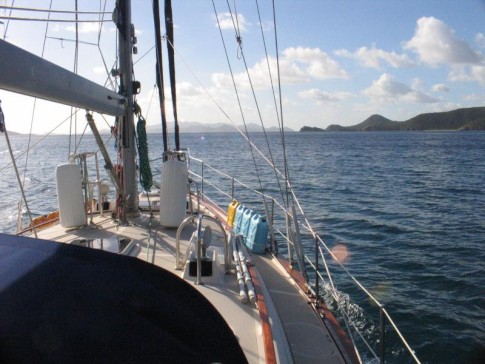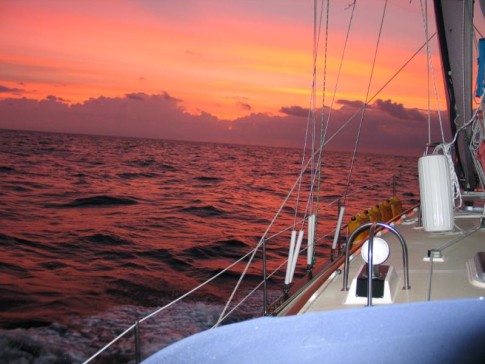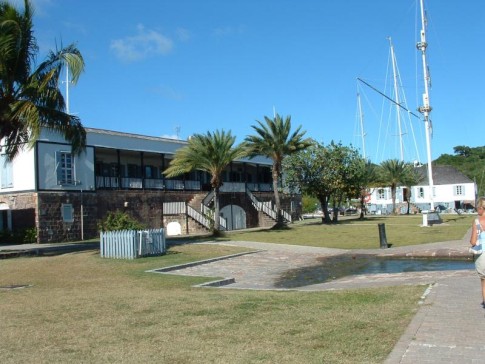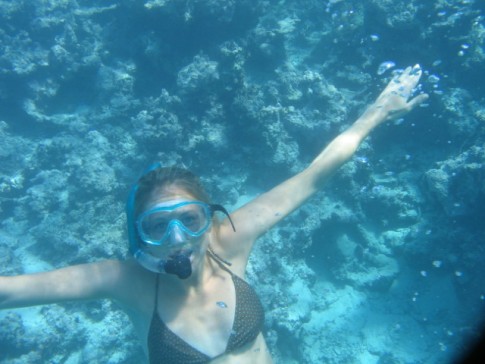
A Pacific circuit plus on Brother Wind
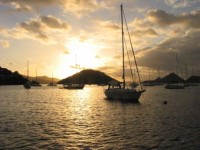
Who: Jo and Giles Winter
Port: Blakeney, Norfolk UK
Vaguely related links!
21 August 2019 | Sidney, Vancouver Island
06 August 2019 | Powell River
26 July 2019 | Campbell River
17 July 2019 | Port McNeil, Vancouver Island
05 July 2019 | Ketchikan
28 June 2019 | Petersburg, Alaska
17 June 2019 | Seward
04 June 2019 | Seward, Alaska
13 August 2018 | Kodiak town
16 July 2018 | Alaska
04 July 2018
25 June 2018
21 June 2018
17 June 2018 | North Pacific
01 June 2018 | Hakodate, Hokkaido, Japan
06 May 2018 | Mihonoseki
22 April 2018 | Marin Pia Marina, Kunasaki
30 March 2018 | Marin Pia Marina, Musashi, Oita
25 February 2015 | Puerta Galera, Mindoro island
07 February 2015 | Pinoy Boatyard Port Carmen
Travels in Indo China
28 February 2008
Jo

We have been back on Brother Wind for almost three weeks now, after a month of traveling overland in Cambodia, Vietnam and Laos.
So before time runs any further, I will give a quick r�sum� of this fascinating trip!
Having had a fast and fun 20 hour sail back to Malaysia to leave Brother Wind, on New Year's Day, we flew from Kuala Lumpur to Phnom Penh, with Flora, to meet up with Amy Beer, my god-daughter, and friend of Flora's.
We had a couple of days in Phnom Penh, with palace and temple visit, and a trip out to the Killing Fields, as well as a visit to the S21 prison in central Phnom Penh. We learnt about the horrors of Pol Pot, and the Khmer Rouge, and witnessed for ourselves the ghastly legacy of landmine damage on so many innocent people.
A five hour bus journey took us across the plains of Cambodia, westwards to Siem Reap, the centre for visits to the many temples of Angkor. We had booked nothing in advance, but after finding Phnom Penh remarkably full, the girls managed to find a very simple, clean guest house, on the edge of Siem Reap, for a bargain $12 per night for a room. Called Earthwalkers, it also had a Buddha Footprint swimming pool, which we were very grateful for after grueling days of temple bashing!
The temples of Ankor Wat, are every bit as wonderful as one would expect, but the sheer volume of tourists was overwhelming, and we found some of the further away, less visited smaller temples, many of which we had virtually to ourselves, more atmospheric, and almost better than the much publicized bigger ones, which are all very close together.
The most remarkable thing of all is the sheer size, and number of temples all built between 800 - 1320 A.D., and within a relatively small area. Domestic buildings in the area have not survived, being built of wood, stone was fit only for the deities not for humans of whatever rank.
The carvings are wonderful, and as some of the relief is so lightly inscribed in the sandstone, remarkable that it has survived so well. The damage done by trees and growth is very evident, probably best known for 'Tomb Raiders', which was filmed at Ta Prohm, and re photographed by every visitor!
We had four nights in Siem Reap, three days of temples, but both the girls had limited time off work, so on we went, heading back to Phnom Penh by taxi this time, in order to catch the boat down the Mekong to Chau Doc in Vietnam. It was a nerve wracking journey, as we simply hadn't allowed enough time, but luckily, the boat wanted our custom, and waited 20 minutes for our arrival!
The river trip to Chau Doc was interesting, but the real joys of the Mekong are to be found in the delta proper, where we went to floating markets, and witnessed the extraordinary use of the river for transporting absolutely everything. One fears that as roads and bridges are built, (already underway), the vibrant river life will be diminished in the future, but meanwhile we were totally fascinated be the whole spectacle of life on the delta.
We spent one night in a home-stay on the delta, a good chance to see the countryside, and have some of the economy of a small paddy field, water melons and string beans explained to us. Our host was finding a much more lucrative trade with tourists, but he is in a minority.
After the buzz of long-tail boats and river life, it was a 4 hour bus ride to Saigon, stopping on the way to see joss sticks being made, each one individually rolled, and paid as piece work. They are of course used out here hugely in the temples.
We thought Vietnam was buzzy compared to Cambodia, but Saigon was manic, motorbikes everywhere, and they don't stop, so pedestrians weave their way perilously across the traffic, pausing at the right moments, it is quite an art, which by the time we got to Hanoi, we had begun to master! We immersed ourselves in museums for a day, and found it hard to be forgiving about some of the atrocities committed, by both sides in the fight against communism. The use of the defoliant 'agent orange' was used in such an offhand way, leaving a legacy of birth defects and deformity still experienced today. The Americans refuse to acknowledge any culpability!
But in fairness while we wondered again and again what on earth America thought they were doing in Vietnam, it is hard to remember the threat that communism seemed to pose to the west in the late sixties.
No-one goes to Saigon without a trip to the Cu Chi Tunnels, where the Viet Cong hid out, within the American lines, and did huge damage. Extraordinarily the tunnels had been built against the French, then fortuitously for them, the Americans established a base where the tunnels were right inside USA territory! We were shown all manner of man traps that the V-C constructed within these lines, it must have been horribly unnerving.
Both girls left us in Saigon, and we headed up to Dalat, known as the Vietnamese Alps, the cool climate was wonderful after the heat of the south, and it was much favoured by the ruling classes, and the last King Bo Dai, who built a modest Art Deco summer palace for himself there. The horrendously slow bus journey, to get there took three hours more than was scheduled, but had the brilliant result that it prompted us to rethink our traveling arrangements, and take an inland route northwards, away from the coastal tourist trail. We decided to hire a car and driver for a four day trip through the central highlands of Vietnam, ending up in Hoi An.
Our young guide Lian, was extremely proud of his country and very keen we should be favourably impressed. We saw pepper and tea and coffee being grown and harvested, I never knew what a wonderful fragrant white flower coffee has, Vietnam has overtaken Brazil, and is now the world's biggest exporter of coffee. We saw every bit of available land being used for rice growing, in its varied stages. We saw bricks being made, and silk being produced from the chrysalis stage to make first thread and then woven before dying, we walked through a rubber plantation, and saw the white liquid sap being collected in huge bucketfuls, we stopped to see some impressive waterfalls, and walked through a couple of minority villages, where eyes followed us, and smiles were rare. We had a heart warming visit to a missionary orphanage, where smiles, friendliness and laughter were overwhelming. And of course we stopped to look at numerous memorials to the Viet Cong. We had rain for some of the time, enough to stop us wanting to ride elephants, but it was fun to see them wading through the river.
Lian was also determined that we should experience gourmet Vietnam, wonderful traditional dishes at very local restaurants, which cost pennies, and we would never have ordered without his guidance. By day three we were following the Ho Chi Minh trail, which during the American war, was the route the V-C used to get arms from China, and move around the mountainous wilderness. It runs close and parallel to the Laos border, which resulted in the Americans dropping more bombs on Laos than have ever been dropped anywhere in the history of warfare, a huge percentage didn't explode, so they remain a continuous problem to Laos.
We rejoined the coast at the town of Hoi An, about half way up the coast, just south of the 17th parallel. By common consent of both sides it was spared in the war, and is a gem of a place, with lovely old Chinese buildings, making it a honey pot for tourists. We hired bicycles, and enjoyed riding around the area, including a trip to the beach, and a dip in the South China Sea.
On we went to Hue, the ancient capital of Vietnam, and again hired bikes, and braved the customary motorcycle mayhem, going to the walled citadel, and the very Chinese Imperial Enclosure, which surrounds a large area of palaces, pagodas and pavilions. The red lacquer interiors are stunning. Much was damaged in the American War, but some buildings escaped, and others have been restored, a lot is still in ruins, and has a magical forgotten feel to it, in contrast to some of the sterility of the conservation.
We flew on to Hanoi from Hue, and although we'd been warned that it would be cold, we were totally unprepared for it. Neither of us had any warm clothes, but finding anything to buy was not easy, the Vietnamese are tiny, slim people! I succeeded without too much trouble, and in spite of the rain, enjoyed the novel sensation of jeans, trainers and socks!
Giles was not so fortunate, and made a somewhat ludicrous sight queuing to visit the mausoleum of Ho Chi Minh in shorts, trainers, sun hat and bright blue kagool. I noticed the eyes of the soldiers on guard sliding down to his legs, while they stood to attention!
Hanoi is a fascinating city, it has not been decimated by bombing like much of Saigon, and still retains its old colonial villas set in wide tree lined boulevards, while the old quarter of narrow muddy streets, and so called tunnel buildings, because they have such a tiny road frontage but go back for miles, remain totally unchanged and certainly un-tarted up! The buzz and vibrancy of city life is phenomenal. Although there are narrow pavements, these are used for parking the myriad numbers of motorbikes, so you traffic dodge along the bustling roads, which are named after what they sell, so shoe street will have just shoe shops, then will come tool street or sweety street, all selling what seems to be identical things.
We could have spent much more than two days in Hanoi, but we needed to keep moving, so flew to Luang Prabang in north east Laos. Here we were thankfully back to the sunshine, but also to the tourists. The town is built on a loop of the Mekong, so the silty wide river is a focus. The town has some fascinating Buddhist temples, and plenty of monks who add to the atmosphere as they wander around in their bright orange robes.
The night market set up straight under the balcony of our guest house, and it was a wonderful contrast to Vietnam being able to look at things without being hassled and harangued. The Laos just sit quietly by, most of the women selling their weaving and embroidery have made it themselves, and brought it in from surrounding villages.
We were keen not to get involved with any of the tourist trips being offered, so decided on a biking tour the next day. We had a guide, and one young Dutch couple for company. Having crossed the river by boat, and unloaded the bikes, we pedaled for 8 hours, and 22 kms on bumpy, hilly, stony and slippery roads! We stopped by a river where the young guide produced lunch for us, and visited several villages along the way, where the people were smiley and friendly. By the time we got back to the river, we were totally and utterly exhausted, but did feel we had seen a little bit of hidden Laos.
We had arranged to meet Giles's cousin Peter-John, and his girl friend Patti, at a small town Muang Phu Khun, and having got ourselves to the bus station in time, were informed that they had cancelled our bus, and we would have to wait 5 hours for the next one. We decided to opt for a taxi to take us on the tortuous three hour drive south, and watched his puzzlement as he left us in this small town in the middle of nowhere! Luckily P-J and Patti were there, and we had our cheapest night yet $4 for the room, which bore a strong resemblance to a prison cell! Washing arrangements were much what I had experienced on my back packing trip 31 years earlier, and not to be recommended!
Next day we set off for Phonsavan, and the Plain of Jars, for which P-J had volunteered himself as our chauffeur. There had been heavy rain in the night, but as we drove the skies cleared, and we had a scenically stunning journey. The switchback road climbed from 1,600 metres up to 1,850 , and gradually the twisty road straightened along the plain, the mountains receded, and became a distant blue back-drop for the dry, yellow stubble of the contoured rice paddies, and wooden houses.
It was grass gathering season, and people were carrying huge bundles of feathery grass, children beating it on the ground to remove the seeds, and spreading it out to dry on the tarmac road. Ultimately it is used to make brushes. It was also the season of re-roofing, and old men and women were busy doing the sedentary task of stripping bamboo and stitching it together to make loose roofing panels. We stopped to watch the community activity of one house being re-roofed. On the twisty mountain roads houses are built right on the road, very often the back of the house is supported by stilts over the steeply sloping or precipitous verge, so life is lived on the roadside, from children playing to hens and pigs scavenging, and women weaving, cooking or working. Luckily there isn't much traffic. The road we drove on to Phonsavan, had recently been sealed, which at least meant that the dust was not so atrocious, for those living next to unsealed roads, the dust of each passing car or lorry coats everything from houses to trees, and must be suffocating to live with.
The enigmatic jars which we had come to see are hewn out of huge stones, and grouped together around 100 to a site) in various lovely locations. The mystery is what they were for and who carved them, but it seems most likely that they are sarcophagi, in spite of the lack of organic evidence. They are thought to be about 2000 years old. Because the whole area was so intensively bombed, only three of the bomb sites are safe to visit, and even there you have to follow carefully marked 'MAG' stones.
Next stop was Vang Vien, about a four hour drive, on the road back towards Vientiane, a spectacular mountain road with wonderful views of the huge mountains. We stayed in an Eco Lodge on the Nam Song river, where poor P-J and Patti suffered dreadfully from an invasion of ants in the night, whose route went straight over their bed! Next day we did a fun canoe trip down river amongst scenery of beautiful limestone cast stacks, shooting lots of rapids, and laughing helplessly as P-J and Patti got it wrong, and virtually sank their canoe. We watched the locals catching fish, and the buffalo cooling down as we slid effortlessly downstream, passing as we went flotillas of young back-packers floating downstream on huge rubber tyres, and more daring ones swinging on long lines, to drop into the river below from a height of about twenty foot.
We were destined not to make Vientiane that evening, an hour or so into our journey a concrete lorry had slipped half across a single lane river bridge. Poor Patti had a flight back to Bangkok to catch and work the next day, instead of which we retraced our route back to Vang Vien for the night, and managed to get through the next morning.
We spent four days staying with Peter John in his beautiful traditional wooden house on the banks of the Mekong in Vientiane. It certainly lives up to its reputation of being the most laid back capital city on earth, the contrast to Vietnam was extreme! One afternoon P-J took us up river in his long-tail, which was great fun, special entertainment was running out of fuel along the way, but we paddled into a jetty and Giles and I went on a foray to find some petrol, gladdening all our hearts with some cold bottles of Laos beer as well, and arriving at the bottom of his garden as darkness fell.
We had been away a month, and the time had come to give up the life of silver back packers, and resume the 'yachtie' role again, farewells were said, and we flew home to Brother Wind in Langkawi.
Comments
| Vessel Name: | Brother Wind |
| Vessel Make/Model: | Island Packet 45 |
| Hailing Port: | Blakeney, Norfolk UK |
| Crew: | Jo and Giles Winter |
| About: | Rolling selection of friends and family |
| Extra: | Check my Instagram for pictures jogi_winter |
Brother Wind's Photos - Jo and Giles round the world on Brother Wind (Main)
|
From Taisha we moved northwards to Hakodate in Hokkaido, where we left the sea of Japan behind
17 Photos
Created 1 June 2018
|
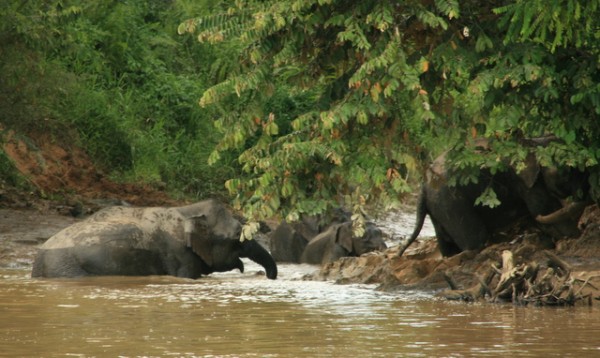 |
A trip up the Kinabatangan River in Brother Wind, with brother Jamie, wife Mel, and daughter Izzy
40 Photos
Created 23 August 2012
|
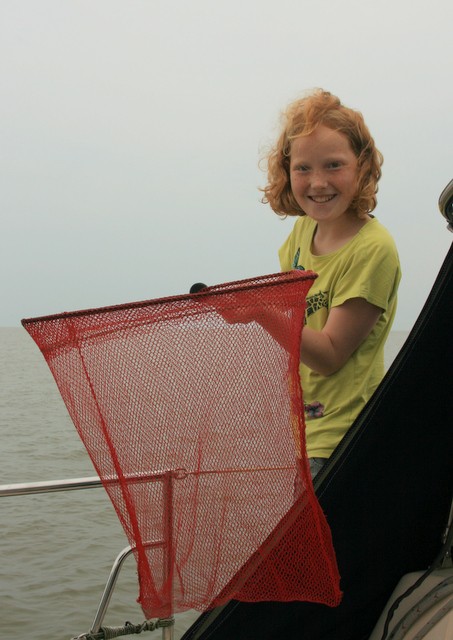 |
Jamie,Mel and Issy Cooper joined us in K-K, Sabah, for a dramatic trip north and then stunning islands followed by a trip up the Kinabatangan river
27 Photos
Created 12 August 2012
|
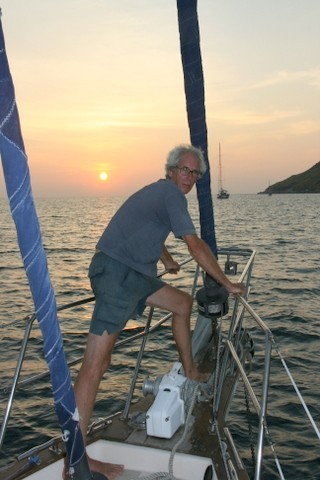 |
our trip back to Langkawi from the Andamans, with Mike and Laurian Cooper on board
15 Photos
Created 28 March 2011
|
A Pacific circuit plus on Brother Wind

Who: Jo and Giles Winter
Port: Blakeney, Norfolk UK






